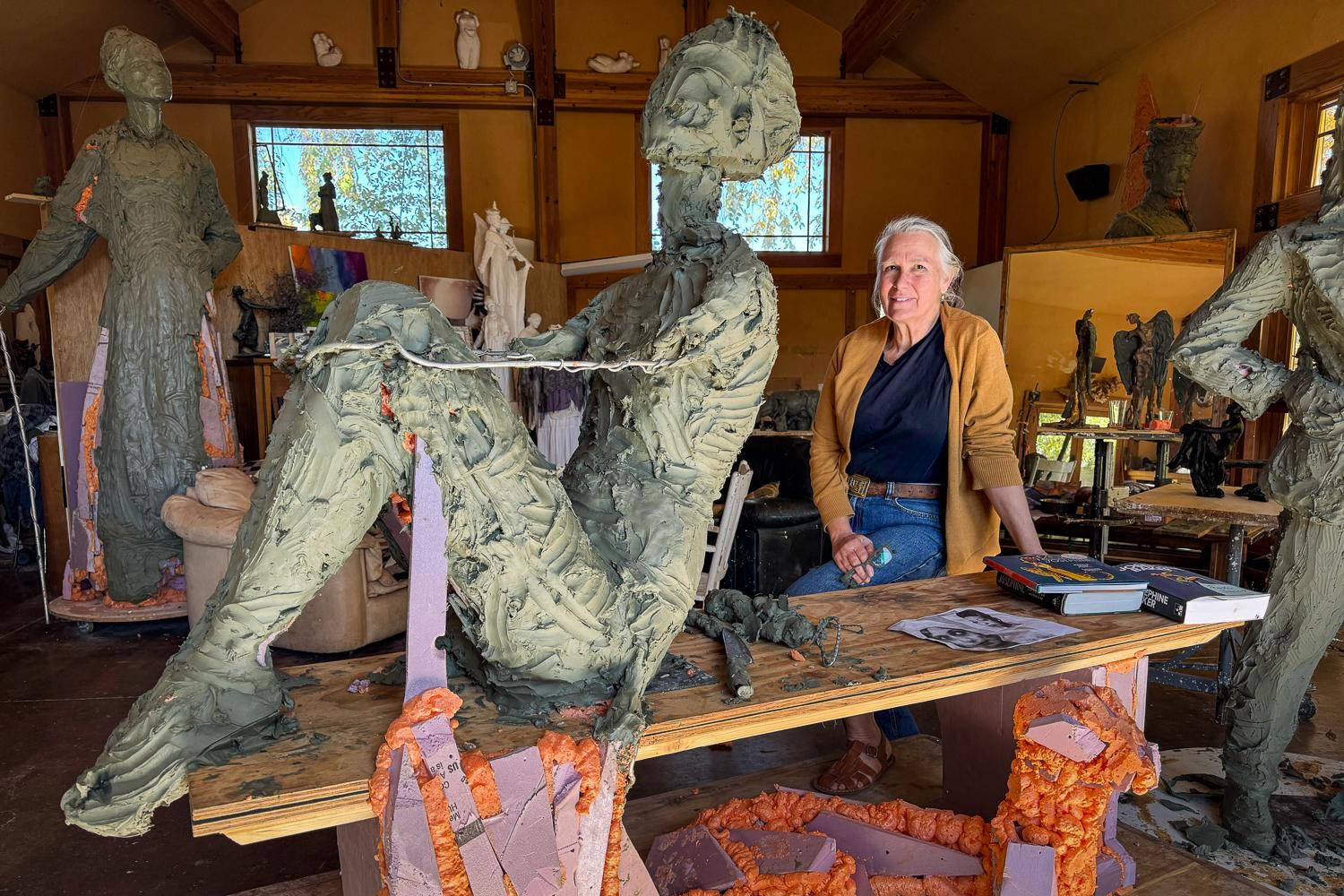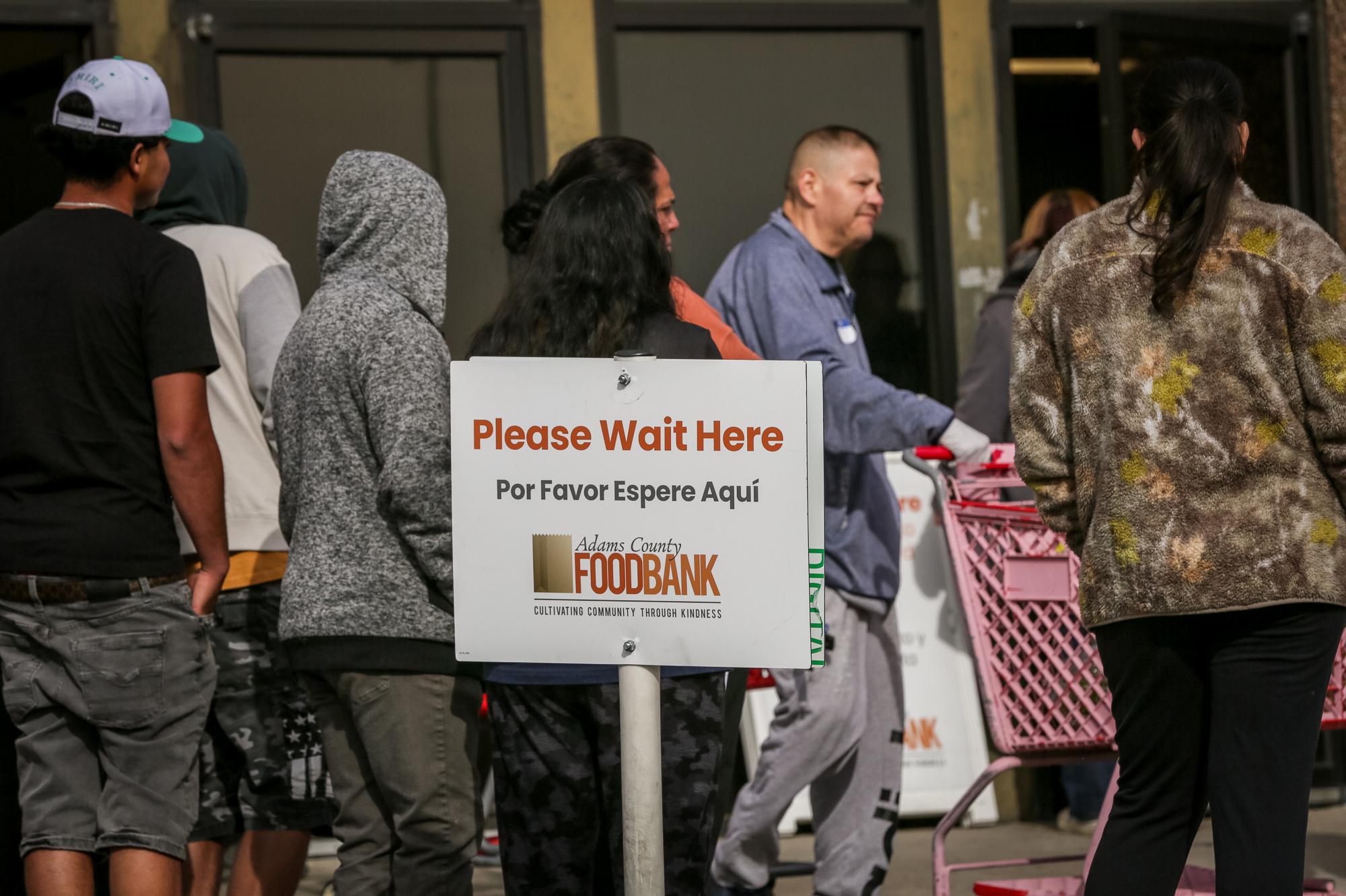Originally published on November 9, 2017 5:26 pm
On their first wedding anniversary, Mike Klingner asked his wife, Jane Adams, a favor. He was getting ready to leave for the Vietnam War as a pilot.
“Mike said the night before he left, ‘If I’m killed in action, I want to be buried in Arlington,’” Adams said.

In 1970, 1st Lt. Mike Klingner’s jet crashed into a dense jungle hillside. After a military investigation, he was declared killed in action. His body was never found.
More than four decades after the Vietnam War ended, Adams still hopes to bring Klingner – or even just a part of him – home for burial at Arlington National Cemetery.
A HUGE CASELOAD
Klingner is among 1,602 cases from the Vietnam War that a small U.S. Defense Department agency is still working to account for all these years later.
The Defense POW/MIA Accounting Agency, or DPAA, has in recent years faced pressure from Congress to resolve more cases, including those that are tough to solve like Klingner's. Progress has been made, said Johnie Webb, the DPAA’s deputy director of outreach and communication.
“We’ve done a lot to develop that capability and capacity and in doing so we’ve increased the number of identifications that we have made,” he said.
Before a deadline to increase the number of identifications it makes took effect in 2015, the DPAA was resolving an average of 88 cases a year. Congress said the agency should have the ability to solve 200 cases a year. In the 2016 and 2017 fiscal years, the DPAA has inched up to that threshold.
“We are now disinterring unknowns from our cemeteries,” Webb noted.
He added that advances in DNA have helped. For instance, the agency is working to identify remains from cemeteries like those from the 1941 attacks on Pearl Harbor at the National Memorial Cemetery of the Pacific, or “Punchbowl,” in Hawaii.
Still, the caseload is massive. The DPAA is contending with some 83,000 missing or otherwise unaccounted-for troops and personnel from several conflicts. That includes World War II and the Korean and Vietnam wars. The agency’s mission is to provide "the fullest possible accounting for our missing personnel to their families and the nation," but the agency is frank that that such an accounting isn’t possible in all cases.
Up to 40 percent show promise -- hundreds of them from the Vietnam War.
Yet progress on Vietnam War cases is slow. Of the accountings made in the 2017 fiscal year by the DPAA, just 16 were Vietnam cases.
That worries Ann Mills-Griffiths, the CEO for the National League of POW/MIA Families. During the Vietnam War, the nonprofit was key to bringing attention to the issue of missing troops and spurring action within the government to help them and their families.
“It is better to have certainty about what happened,” Mills-Griffiths said.
She added that there’s a feeling that time is running out to solve Vietnam War cases. Villagers who may remember something about a crash or battle are becoming harder to find. The acidic soil in the region causes human remains to decay faster, complicating recovery. Family members are aging and passing away.
She knows first-hand how it feels to have some kind of information about what happened. In recent years, she received information about her own brother, Lt. Cmdr. James B. Mills, whose plane vanished during the war.
“To know, that in fact, that my brother crashed along the coastline, in shallow water off the coast of Northern Vietnam," she said. "That’s much better than knowing what we knew before."
THE CASE OF MIKE KLINGNER

Jane Adams and Mike Klingner met while attending the University of Nebraska. He was funny, spontaneous and caring. He was also the drummer in a rock and roll band. Adams smiles as she listens to a recording of Klingner at a gig in the mid-1960s. He's doing his best impression of radio host Dick Clark.
“I never imagined I’d hear his voice again,” she said. “I can feel that same warm feeling. I can picture him, imagine his sense of humor, his warmth.”
It’s the first time she’s heard his voice in nearly 50 years. One of Klingner’s bandmates found the tape for this story.
In 1968, Adams married Klingner. After they graduated, he joined the Air Force as a pilot. On their first anniversary he was destined for the Vietnam War.
“In those days, you could still go to the gate to see people off on the airplane,” Adams recalled. “So I watch him go up to the top of the stairs, he got to the top of the stairs, turned and looked at the window where I was standing. And that was the last time I ever saw him.”
Soon, Klingner was flying missions from Tuy Hoa airbase in South Vietnam.
On April 6, 1970, Klingner attacked a supply route in Laos from his F-100 Super Sabre jet. That’s when it burst into a ball of flame and crashed in enemy territory in Laos.
That day, the military knocked on the door of Adams’ apartment in Omaha, Nebraska.
“They came with priest, which was standard,” she said before reading from the Air Force letter she received that day. “It is with deep personal concern that I officially inform you that your husband, 1st Lt. Michael L. Klingner, is missing in action…”
She would inquire further about what happened. Pilots who were flying in separate aircraft with Klingner had witnessed the crash. They only added doubt that Klingner could have survived. There was no way to search the area on foot and, a year later, Klingner’s status was changed to killed in action.
He was just 24 years old.
Adams mourned, but without Klingner's body, there was no funeral. Then, life went on. Adams remarried in 1973 and started a family.

Sitting at her kitchen table in Greeley, Colorado, she said she’s never given up on Klingner's case. She opens her files on him, pausing, grinning and occasionally laughing at the band fliers, the college snapshots, the wedding photos and a Distinguished Flying Cross for heroic action. Then there’s the closest things she has left of Mike Klingner: the fragments.
“These are items that were retrieved from the site,” she said, showing the military’s forensic pictures of the crash site.
There are twisted bits of metal, the jet wreckage. There’s a piece of a survival vest. A part of a boot. A charred ID card that was Klingner's. Even a piece of sock.
“This is the remnant of sock and it is lined up with a standard sock that the military would have worn at that time,” Adams said.
It wasn’t until the mid-1990s that search teams first set foot on the crash site in Laos. Teams returned in the early 2000s, but a decade has passed since investigators were last there. In all the visits over the decades, the military’s Defense POW/MIA Accounting Agency still hasn't fully excavated the site.
That leaves the case open, and Adams hopeful there might be something of Klingner to bring home for burial. In June, Adams traveled to the Washington, D.C., area for the DPAA's briefing for the families of the Vietnam War’s missing. Inside a Hilton hotel conference room, she met with Casualty Resolution Specialist Alvin Teel.
She asked him: “Are there possible explanations how fragments of his clothing, survival gear, have been recovered, but yet no trace of the person who was wearing them at the time of impact?”
Teel noted: “When that body hits, it basically breaks or explodes with the aircraft, so it can fragment, okay.”

It could be impossible to recover even a small part of Klinger’s body. Then again, Teel noted, the enemy could have buried his body.
“They would quickly bury it, either immediately, and they do this for sanitation and health purposes so [that] is a possibility,” he said.
Adams has one last question for Teel: “Where is Mike on the priority list?”
“Because we consider it an open site, we consider that the priority,” Teel answered. “We want to get the sites done.”
Access is preventing progress on the case, Teel added. It’s in a remote part of Laos, where weather can complicate efforts and equipment, such as a helicopter, is likely needed.
A MEMORIAL, BUT NOT A FUNERAL
In 2000, Mike Klinger’s friends thought: if there couldn’t be a funeral, there should at least be a memorial service. His bandmate, Stan Johnson, traveled to his home town in Nebraska, to play the bugle.
“I came out to McCook and they dedicated a portion of the library to him and a past governor was there,” Johnson said.
After his death, Klingner was promoted to captain.
He was also posthumously inducted into the state’s Rock and Roll Hall of Fame through the band: J. Harrison B. and the Bumbles.

One of Klingner’s commanders, retired Air Force Col. William Hosmer, traveled to the library in McCook to honor Klingner. He remembers him clearly.
“Mike was always there, rapping out with his hands on the bar, the beat, the drums,” Hosmer said. “He was an entertainer. He was a positive force and he brought the minds and the hearts of the pilots on the same frequency and he just stood out.”
It’s those same qualities that won Jane Adams over all those years ago. She wants to keep her word and bring her first husband home to a final resting place.
“That would be really, really helpful in closing that chapter and feeling satisfied that we’ve kept that promise,” Adams said.
That’s if it is even possible. Adams won’t know until the military keeps its promise to provide the fullest accounting possible to the family of Mike Klingner and the nation he served.
Copyright 2017 KUNC. To see more, visit KUNC.








